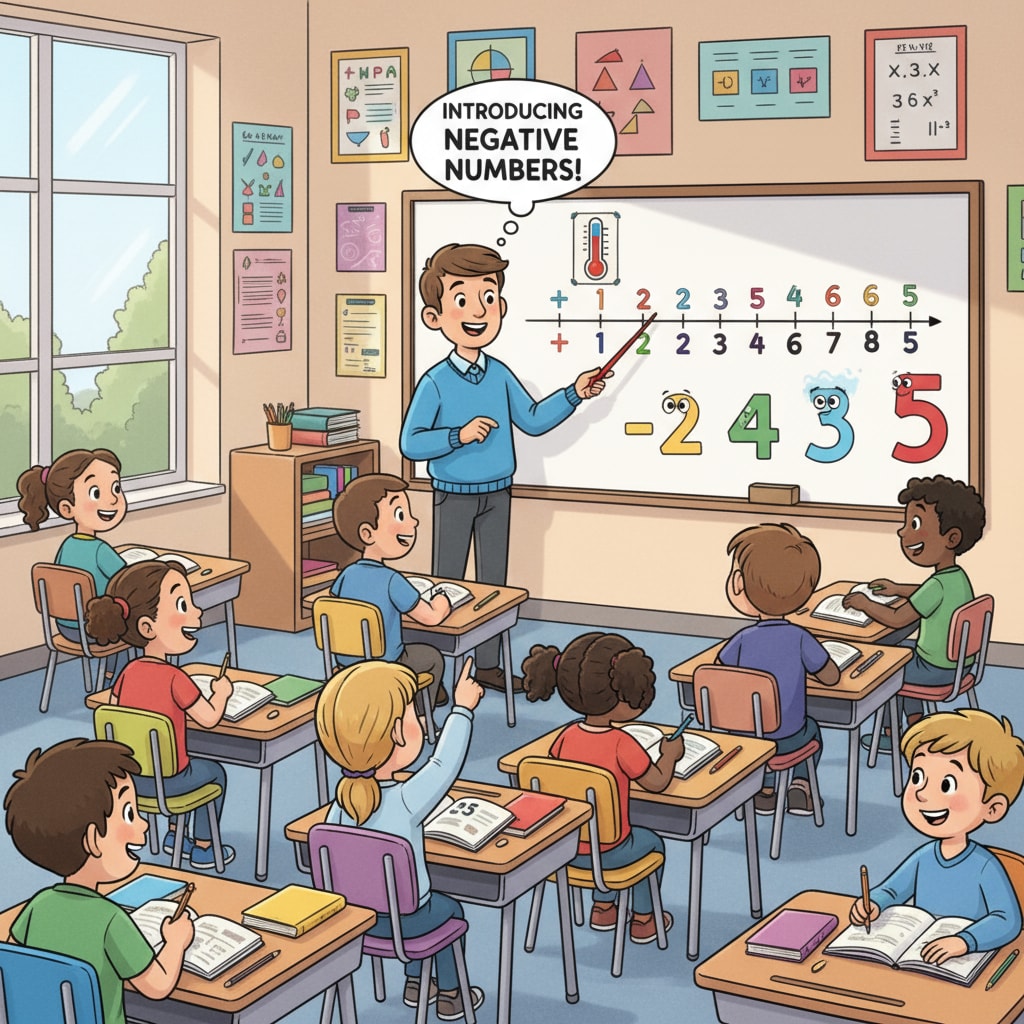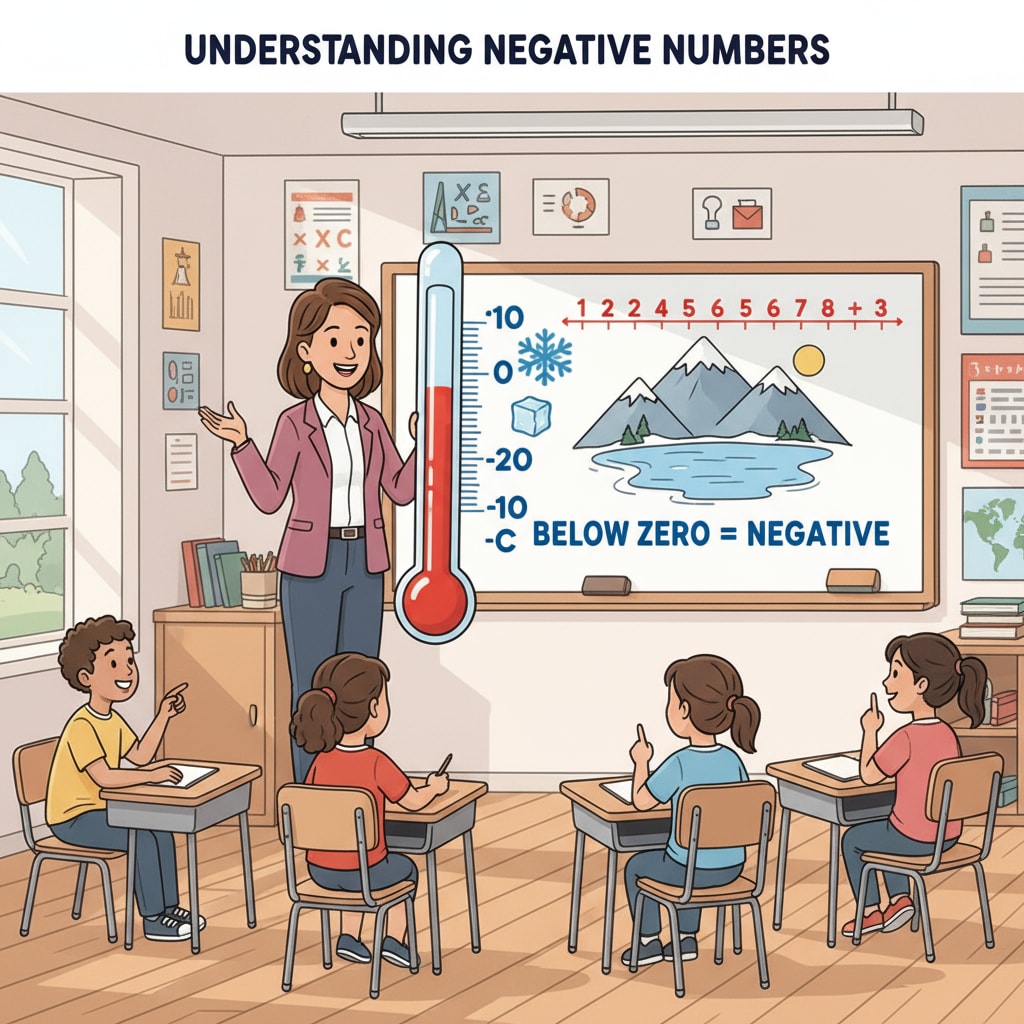Fourth graders’ understanding of negative numbers is a topic that has intrigued educators and researchers alike. It pertains to their mathematical comprehension abilities and offers insights into the development of their young minds. In this exploration, we aim to uncover the potential of these young learners in grasping this relatively abstract mathematical concept.

The Cognitive Development Aspect
According to Piaget’s theory of cognitive development Cognitive Development Theory on Wikipedia, children in the concrete operational stage (ages 7 – 11) start to think more logically. Fourth graders typically fall within this age range. However, understanding negative numbers requires moving beyond concrete, tangible objects. Negative numbers are abstract concepts that represent values less than zero. For example, while a child can easily visualize 5 apples, visualizing -5 apples is a different matter.
Teaching Practices and Their Impact
Effective teaching practices play a crucial role in fourth graders’ understanding of negative numbers. Teachers often use real-life examples to make these concepts more relatable. For instance, using temperatures below zero, debts, or elevations below sea level Mathematics Education on Britannica. By presenting negative numbers in such contexts, educators hope to bridge the gap between the abstract and the concrete. When students can connect negative numbers to familiar situations, it becomes easier for them to start comprehending the concept.

Moreover, hands-on activities can also enhance fourth graders’ understanding. Manipulatives like number lines can be a valuable tool. A number line allows students to see the relationship between positive and negative numbers, and how they are positioned relative to zero. Through activities involving number lines, students can start to develop an intuitive sense of negative numbers.
In conclusion, the potential of fourth graders to understand negative numbers is influenced by both their cognitive development stage and the quality of teaching they receive. While the concept is abstract, with the right teaching methods and real-life connections, these young learners can begin to expand their mathematical horizons and gain a better understanding of this important mathematical concept.
Readability guidance: This article uses short paragraphs to convey ideas clearly. Each H2 section provides key points related to fourth graders’ understanding of negative numbers. The use of active voice is prioritized, and transitional words are included to ensure a smooth flow of the narrative.


